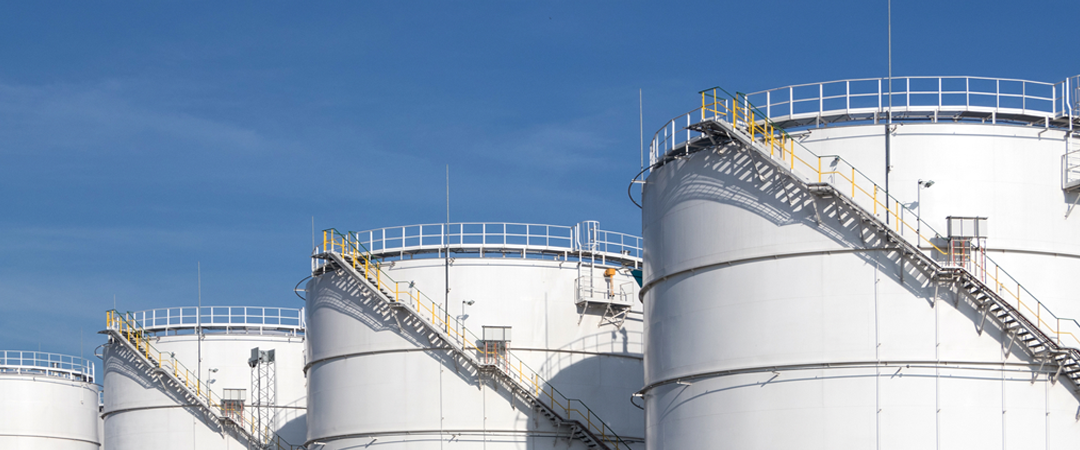FIRESIDE CHARTS

U.S. In For Weak GDP Growth Rate if PMI Remains at Current Levels, And China Faces Mounting Debt
While we’re pouring over today’s jobs report, cap off your Friday with a look at this week’s economic trends. The trade war and a decline in exports has led to U.S. businesses suffering “one of the toughest months since the global financial crisis” in August, says Chris Williamson, Chief Economist at IHS Markit.

USD Hits 20-Year Highs, EM Currencies Set Record, and the Trade War’s Shock to Consumers
Let’s start with a quick August recap: the Dow Jones Utilities Average dominated last month with a 20.19% 1-year return, emerging market currencies—likely feeling the effects of the trade war and the USD’s record strength—suffered their worst August on record, and manufacturing woes continue across the globe.

Crude Oil Production Surges to Record High, the 10yr TIPS Yield Falls Deeper into Negative Territory, and a Look at What May Be In Store for the U.S. Economy
In today’s chart blog, we see crude oil production hit a record high, a projected recovery for lagging small caps, and try to catch a glimpse into the future. How long after a 10-2 year yield curve inversion have recessions typically begun, and will the soaring deficit—now expected to top $1 Trillion in 2020, per the CBO—hamstring government intervention when a recession does arrive?

World’s 5 Largest Economies Now in Manufacturing Recession, EM Currencies Struggling, and the 30-Year Treasury Hits Record Low
Manufacturing measures are still top of mind for us today as, while we’ve seen improvement in some regional prints, the U.S.’s Monday slide into contraction means that the world’s five largest economies are now in manufacturing recession. While some, including President Trump, lay blame at the Fed’s feet, trade war anxieties seem to be the main topic of discussion.

U.S. Manufacturing in Contraction for First Time in Nearly a Decade, But Markets Show Some Signs of Resilience
Amidst all of this summer’s volatility and U.S. manufacturing entering contraction, we’re seeing resilience in some unexpected arenas. Though it’s suffered some losses in recent months and fund flows have been on a steady decline, the S&P 500 is still up nearly 40% over the past three years and we’re not yet seeing a sharp rise in investors looking to short.

A Different Perspective on the Yield Curve Inversion and How This Situation is Unique
Everywhere you turn, there’s chatter that yield curve inversions are an indicator of impending recession. Since the inversion, many economists and experts have publicly shortened their estimated timelines for when the next recession will hit.

Safe Haven Assets Surge as Investors Seek Protection From Market Volatility
Investors seem to be piling into safe haven assets as volatility in both the stock and bond markets continues to make headlines this week. A move to treasuries may be risky though as their yields are still hovering around historic lows, despite a small recovery for the 30-year following hints that the U.S. may begin to issue longer-term debt.

Retail Figures Beat Expectations While U.S. 30-Year Yield Hits All Time Low, the 10-Year Yield Hits a 3-Year Low, and the Yield Curve Inverts
All eyes have been on the bond market this week as the 30-year U.S. Treasury yield sunk below 2% for the very first time, the 10-year yield hit its lowest point in three years, and the yield curve inverted. Sinking yields are a consequence of rising prices, meaning demand from worried investors—i.e. those looking for “safe” assets—is on the rise.

Recession Fears Surge Following Yield Curve Inversion and the Dow Plummets Over 700 Points
Today kicked off with reignited recession fears as the 2-10 yield curve officially inverted for the first time since 2007—an event which preceded each of the last seven recessions. This lends credence to Bank of America’s assessment that the U.S. has a greater than 30% likelihood of entering a recession within the next year.

Things Finally Start to Calm Down at Home While Geo-Political Unrest Sparks Market Activity Overseas
The trade war sent the markets on a wild ride last week, but—surprisingly—the S&P 500 ended last week largely unchanged and just over 3% away from all-time highs. Despite hitting several all-time highs in the last 18 months, the S&P 500 has made no meaningful gains as we are reminded that losses require an outsized gain to break even.
